Naval Reactors program. Atomic energy for the US Navy
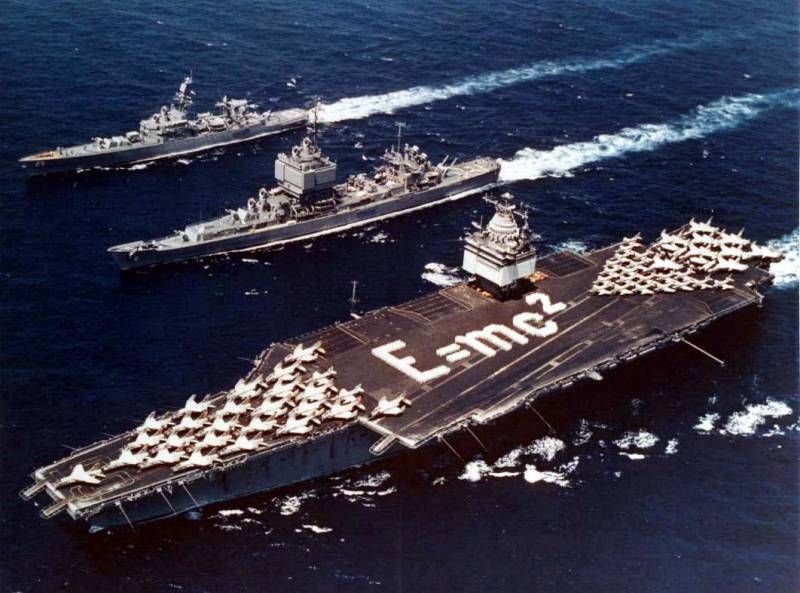
American ships with nuclear power plants. In the background is the USS Bainbridge cruiser, in the middle is the USS Long Beach, in the foreground is the USS Enterprise aircraft carrier
Naval group
The idea of creating a nuclear power plant (NPP) for the ship appeared in the late thirties, but for several years did not receive due attention. Scientists explored other ways to use atomic energy, and the fleet so far could not count on fundamentally new sources of energy. However, the situation changed immediately after the end of World War II.
The main nuclear energy enthusiast for the fleet at that time was Captain Hyman J. Rickover, head of the electrical systems department of the Shipbuilding Administration. He understood the prospects of nuclear power plants and began to make proposals and create such systems. In the spring of 1946, “above” heard his opinion, which resulted in a trip to the Oak Ridge Science Center. Rickover and seven other Navy specialists were to familiarize themselves with the results of the Manhattan project and study its prospects in the context of the development of the fleet.
Representatives of the Navy worked as part of a separate group led by H. Rickover. In fact, from that moment on, the officer became the head of the NPS program for the fleet. The work began by studying the achievements of colleagues and identifying ways to develop their own project. Subsequently, all this grew into the Naval Reactors program.
In parallel, the naval group had to study the features of interaction between different organizations and departments, as well as defend their ideas. At that time, far from all the military-political leadership of the country was in agreement with the need to develop a nuclear power plant for the fleet. So, the fundamental decision to create a nuclear submarine was made only at the end of 1947, and the development of nuclear power plants for surface ships was approved even later.
Three reactors
Quickly enough it was possible to determine the range of basic tasks for further solution. Studies have shown that for use in the fleet of the greatest interest are water-cooled reactors, as well as systems with liquid metal coolant and gas-cooled installations. These three areas should be studied and developed in the direction of reducing dimensions in accordance with the design limitations of surface and submarines.
Disputes continued about the priority of developing reactors for ships and submarines. Some naval commanders and scientists believed that the development of an atomic ship would be easier and would allow to develop new technologies. H. Rickover defended the priority of submarines, since this promised a greater increase in the combat effectiveness of the fleet. This point of view eventually won, and surface ships with nuclear power plants appeared later than submarines.
Testing the design of the reactor was associated with materials science and technological problems. NPP designs had to work on the high seas, including under water, as well as exposure to pressure and radiation. To search for the necessary technologies and engineering solutions, various scientific organizations and commercial enterprises had to be involved.
The main participants in the program, which were to create reactors, were Westinghouse and General Electric. They took up the development of nuclear power plants with water and metal coolant, respectively. Until a certain time, both versions of the nuclear power plant had a chance to board the future submarine.
In August 1949, against the background of a change in the high command of the fleet, an important document appeared. The development program of naval nuclear power plants received official status. The same document required the construction and commissioning of the first nuclear submarine before 1955.
Atomic Nautilus
In the spring of 1950, several important meetings were held that determined the further course of the program. It was decided to build the two newest nuclear submarines on various projects, equipped with different reactors. The first ship, USS Nautilus, was proposed to be equipped with a General Electric water-and-water reactor. In parallel, it was necessary to create a nuclear power plant with liquid sodium coolant - it was intended for the future second nuclear submarine USS Seawolf.
Over the next few months, the team of H. Rikover managed to prepare the necessary documents, which allowed to introduce the Nautilus project with the nuclear power plant into the shipbuilding program for the 1952 financial year. After some disputes, the project received approval and was accepted for implementation.
The submarine USS Nautilus (SSN-571) was supposed to have a displacement of 4,1 thousand tons and was distinguished by a number of characteristic design solutions, which later became the standard for nuclear submarines. For her, Westinghouse developed the STR reactor (later renamed S2W) with a thermal power of 9860 kW. The reactor had a length of 4,6 m with a diameter of 6 m. The core was made in the form of a cylinder with a diameter of 1 m with a load of approx. 100 kg
"Nautilus" was laid in June 1952. The ship was accepted into the fleet in September 1954. The US Navy received the world's first nuclear submarine. The ship could develop underwater speed 23 node and had an almost unlimited range. The development of the submarine with nuclear power plants was associated with a number of serious problems, but it showed the fundamental possibility of the construction and operation of nuclear submarines.
Long Beach with a reactor
By the mid-fifties, it was decided to develop a nuclear power plant for surface ships. Studies have shown that such systems can be useful for aircraft carriers and cruisers. The Navy command decided to develop and build new ships of two classes that could work together.
The first surface ship with a nuclear power plant was the cruiser USS Long Beach (CLGN-160 / CGN-160 / CGN-9). A ship with a total displacement of 16,6 thousand tons was proposed to be equipped with two Westinghouse C1W reactors and two turbo-gear units. The total capacity of such a power plant is 80 MW. With the help of such a power plant, the cruiser could reach speeds of up to 30 knots with an almost unlimited range. It should be noted that in addition to nuclear power plants on board the ship there were a lot of other innovations of various kinds.
An order for Long Beach appeared in October 1956. At the end of next year, bookmarking took place, and in July of the 1959, the ship was launched. In September 1961, the USS Long Beach (CGN-9) joined the Navy. The service of the ship continued until the early nineties. In 1994, he was taken out of service, and a year later decommissioned. It should be noted that USS Long Beach was the only representative of its project. The next nuclear cruiser USS Bainbridge (CGN-25) was built on a different project.
Carrier atom
In November 1961, the U.S. Navy adopted its first nuclear-powered aircraft carrier USS Enterprise (CVN-65). This ship was ordered in 1957 and was built from 1958 to 1960. Like the Long Beach, Enterprise became the only representative of its project. The next nuclear carrier became the lead in the new series.
USS Enterprise received a power plant based on eight A2W water-cooled reactors. With their help, steam was generated for turbine units and for steam catapults of the flight deck. Four propeller shafts were used for movement. The total capacity of the power plant is 210 MW. The ship could reach a speed of 33 knots and hold it for the long time necessary to ensure operation aviation.
Despite the emergence of newer and more advanced aircraft carriers, USS Enterprise (CVN-65) remained in service for half a century. It was written off only in 2012, and in 2017 they were sent for cutting.
Past and present
The USS Nautilus nuclear submarine, the USS Long Beach nuclear missile cruiser and the USS Enterprise nuclear carrier were the first results of the Naval Reactors program and laid the foundation for the further development of the nuclear fleet. They were followed by new nuclear submarines, cruisers and aircraft carriers of different classes and projects, equipped with newer and more advanced nuclear power plants. Since the time of the Nautilus, several hundred ships and submarines have received nuclear reactors.
Over time, the priorities and views of the command changed, which affected the composition of the nuclear fleet. Now nuclear power plants are used on submarines and aircraft carriers. Until the beginning of the eighties, nine atomic cruisers were built; the service of these ships continued until the end of the nineties.
At the moment, the US Navy has the largest nuclear surface and submarine ships. The list of the fleet includes 11 nuclear carriers of two projects, 14 strategic submarine missile carriers and more than 50 nuclear submarines with cruise missiles of three types. This is many times more than in any other country. Apparently, the United States will continue to maintain its record nuclear fleet, built on the basis of the achievements of the forties and fifties.
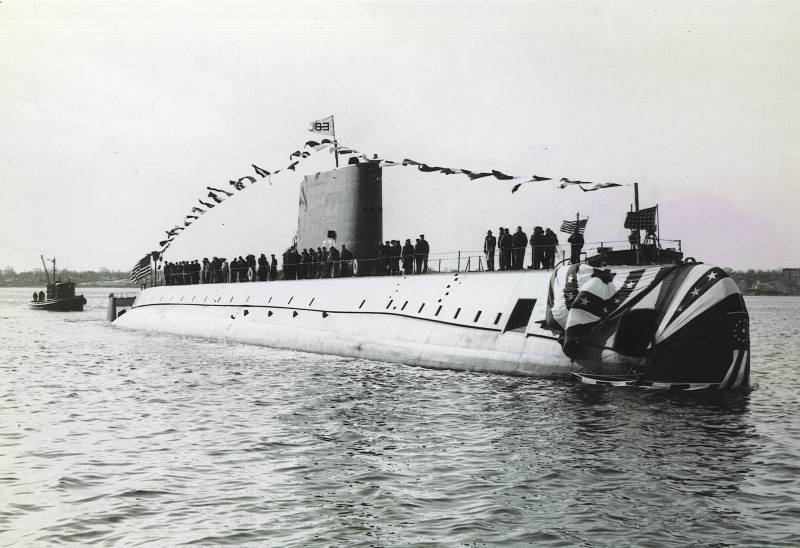
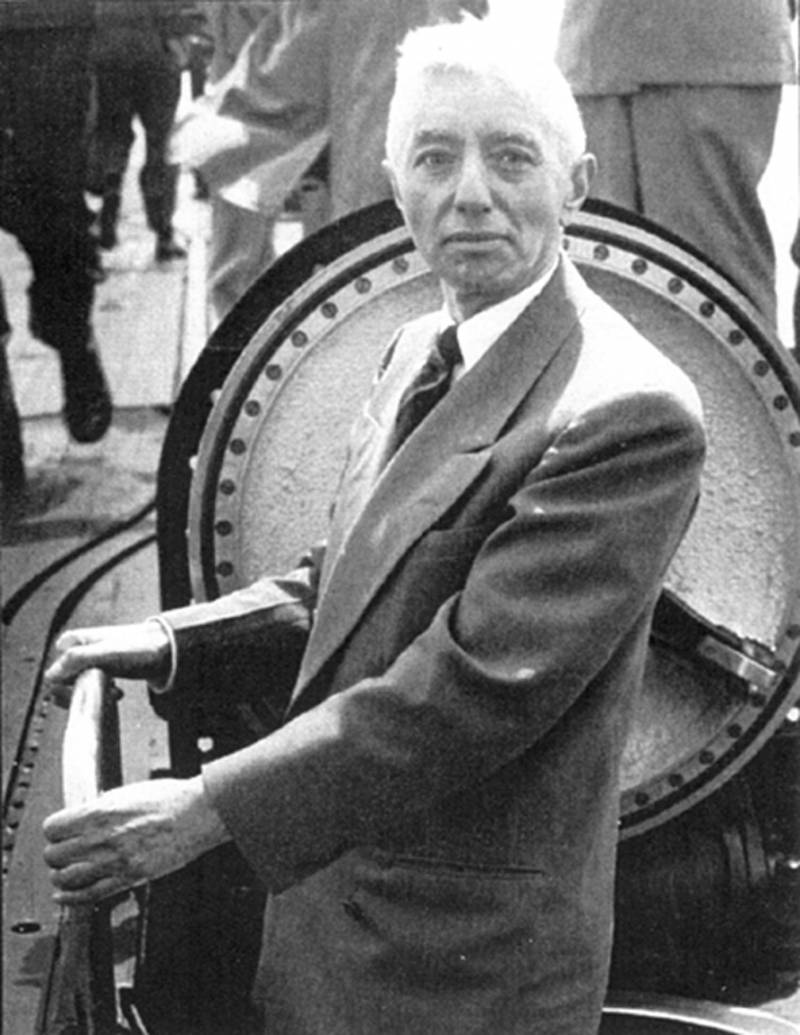
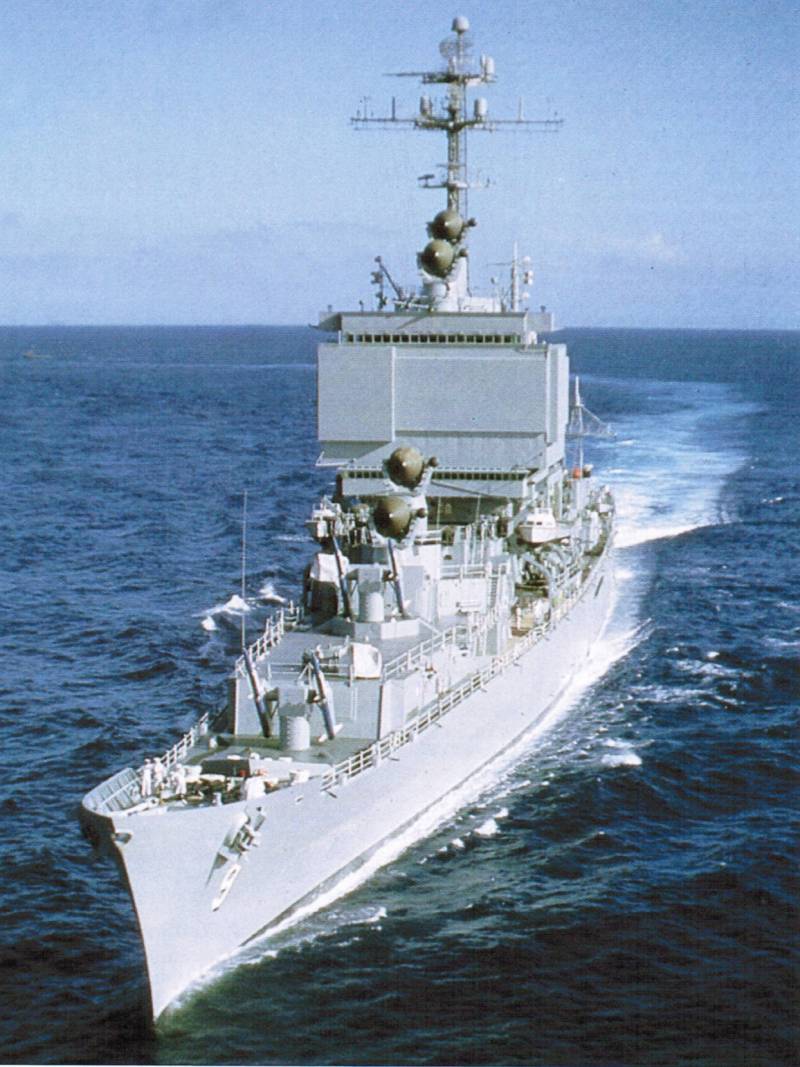
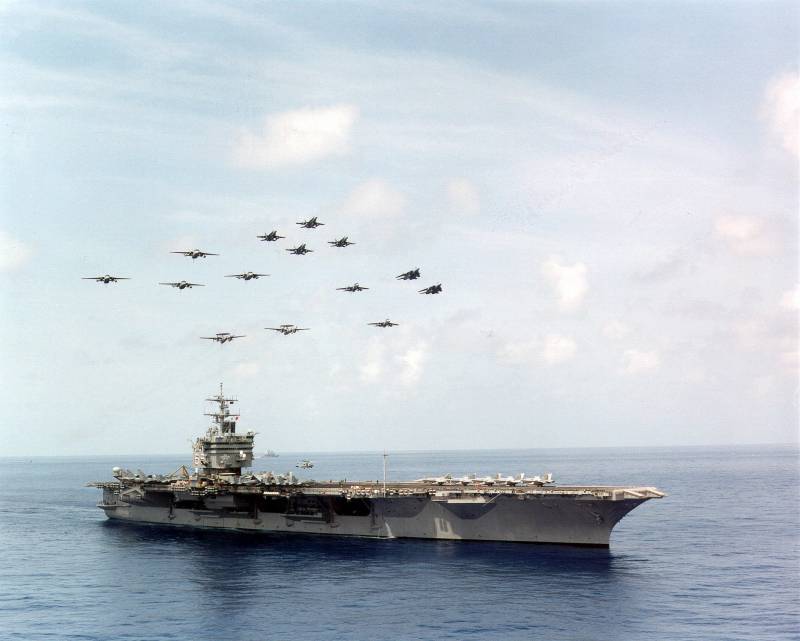
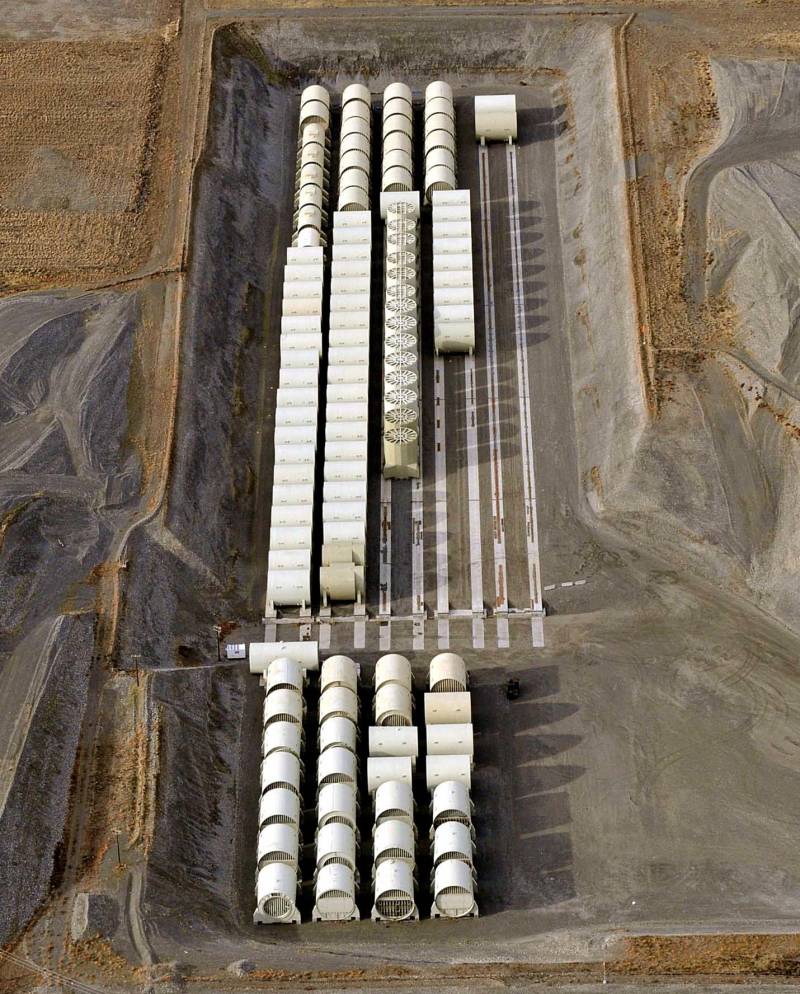
Information